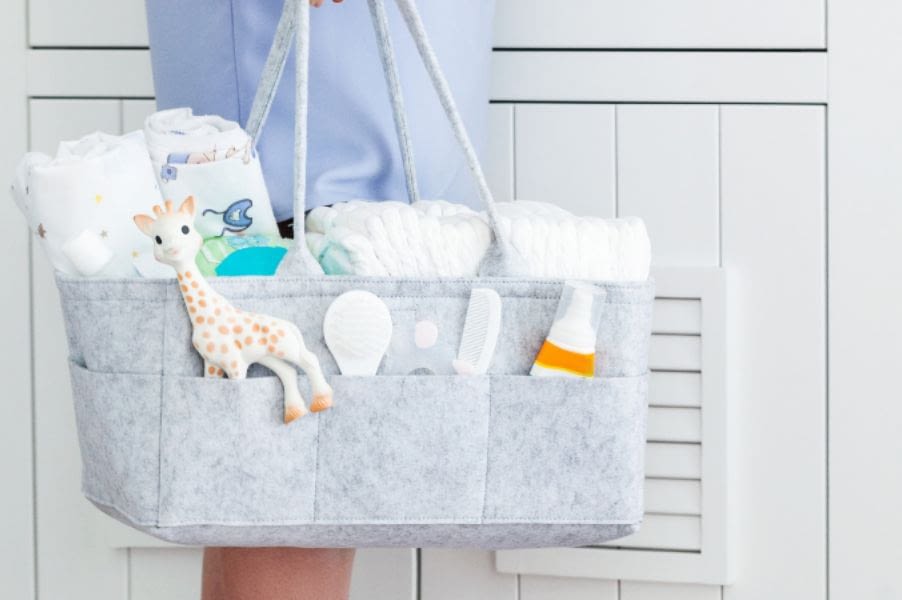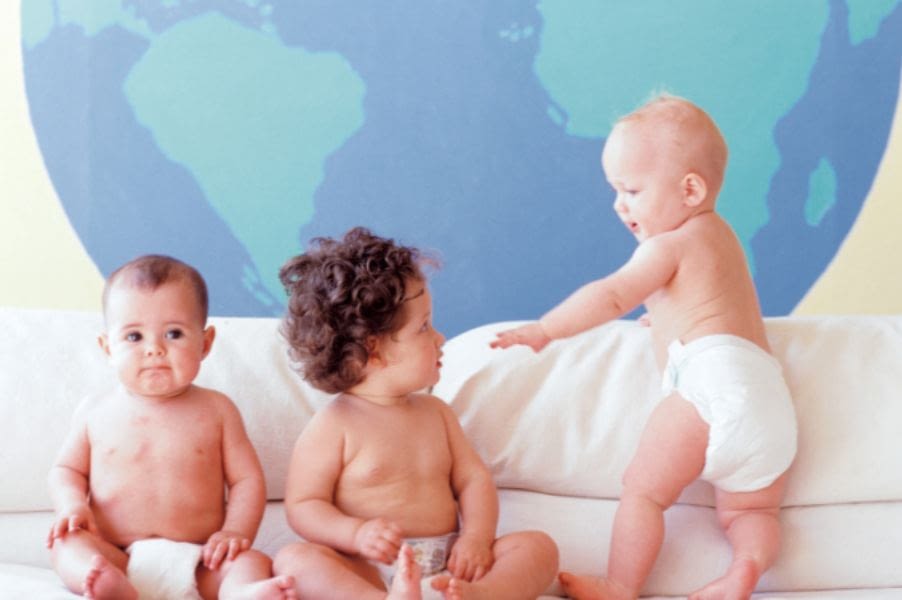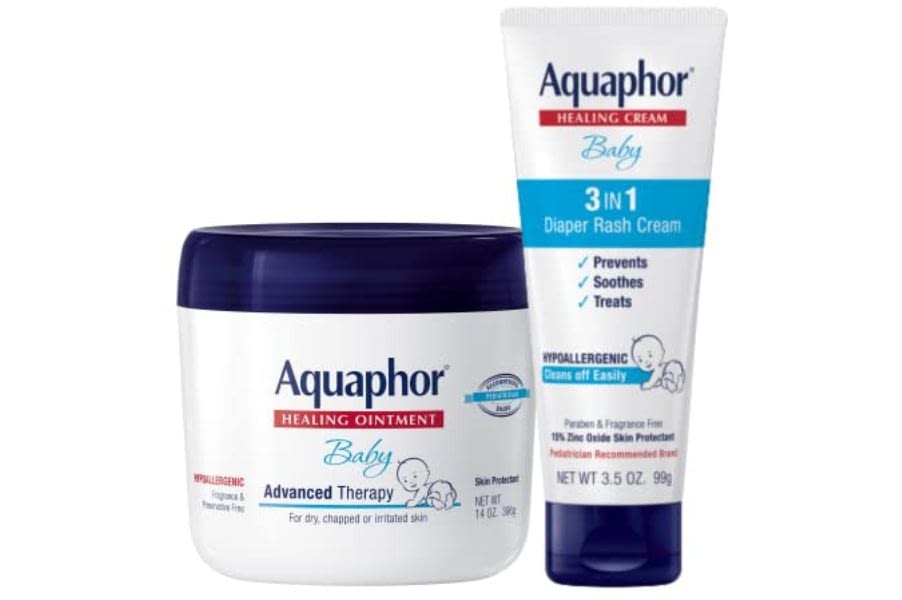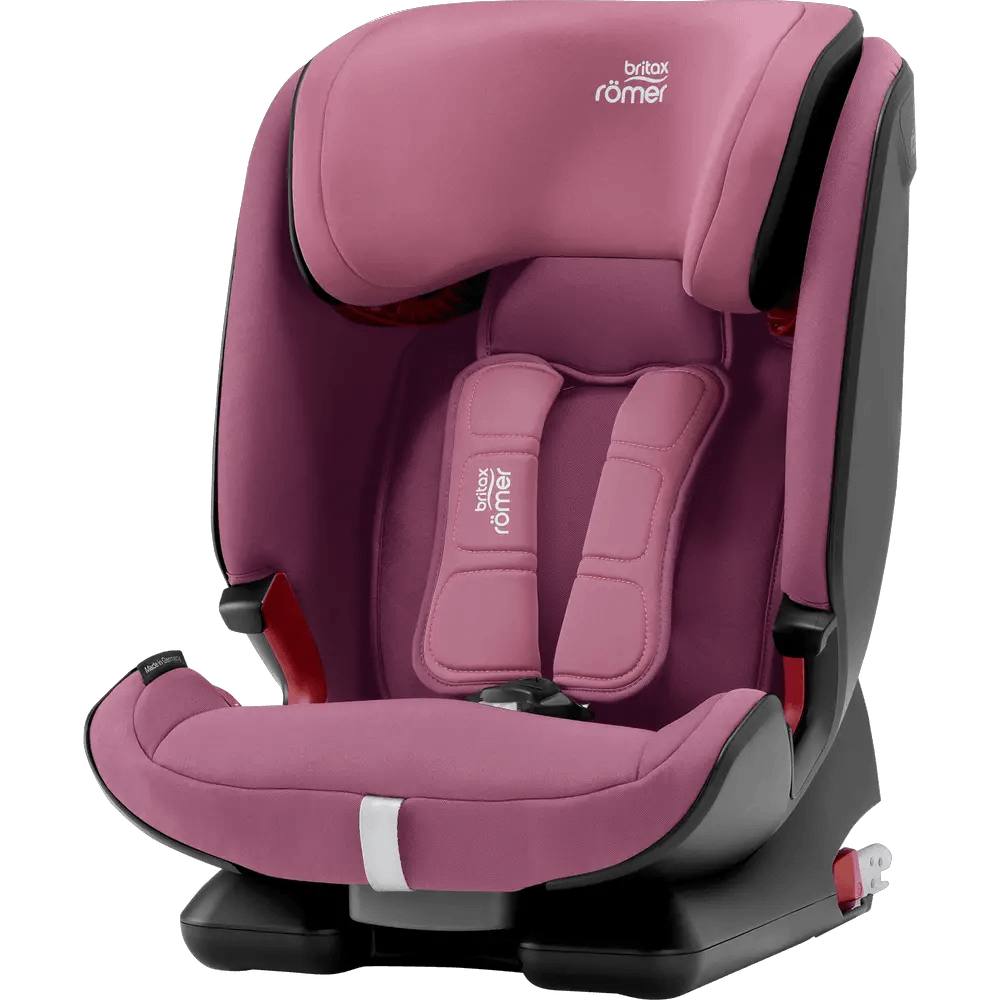As a parent, deciding between pull-ups and diapers for your child is one of your most important choices. It’s a decision that requires careful thought, considering your child’s comfort, safety, and overall well-being. In this blog post, we’ll explore pull ups vs diapers, providing valuable insights to help you make an informed decision that aligns with your child’s needs.
What are Pull-Up Diapers?
Pull-up diapers are disposable training pants that are easy for children and adults to put on and take off. The design features an elastic waistband, which allows the wearer to slip them on, much like a pair of underwear.
What is the difference between pull ups and diapers ( Diapers vs Pull ups)?
Pull-Ups
Pull-ups, a contemporary diaper, resemble regular underwear while providing the same absorbency as regular diapers. They are designed to grant children greater mobility and a sense of maturity, making them particularly advantageous for those embarking on potty training.
While pull-ups offer enhanced flexibility and comfort, they may require more frequent changing, which can be inconvenient, particularly during extended periods or when traveling.
When to switch from diapers to pull-ups
Training pants are suitable as your child approaches the potty training stage, bridging diapers and underwear. They are specifically designed for this transition period. Additionally, pull-ups can also be used by older children who may experience bedwetting at night.
Read Also: When to Switch From Diapers to Pull Ups?
Types of pull ups diapers
Pull-ups come in two types: disposable and reusable. Disposable pull-ups are made of a thin plastic material that is absorbent and comfortable. In contrast, reusable pull-ups are made of a more durable material that can be washed and used again. Both types come in various sizes to fit your child’s body shape.
Diapers
Regular diapers have been around for decades, providing parents with a reliable solution for managing a child’s diapering needs. They are absorbent, leak-proof, and generally less expensive than pull-ups.
Nighttime pull-ups come in various sizes, allowing parents to find the ideal fit for their child. On the other hand, overnight diapers can be quite bulky, potentially impeding active babies’ mobility and exploration of their environment.
Diapers are regular disposable diapers with a tape closure, often featuring pictures or characters on the front. They are ideal for long car rides or nighttime use.
The most obvious difference between pull-ups and diapers is that pull-ups are designed to be independently pull on and off like underwear. In contrast, diapers are designed to be fastened with tape or Velcro. Pull-ups are more comfortable for young toddlers, providing a snug fit without rubbing or chafing, and helps in ending diaper changing wrestling match. Diapers, however, can be more challenging to put on a wiggly baby.
When to Use Diapers
For parents with newborns, choosing diapers is often preferred due to their superior absorbency and snug fit designed specifically for babies. Diapers are also an excellent option when budget constraints necessitate saving on diapering expenses.

Other Factors to Consider (pull ups vs diapers)
There are many other differences between pull-ups and diapers, such as the materials used to make them, the design of each product, and the cost associated with purchasing them. Considering all these factors is crucial in determining the optimal choice for your child.
Are pull ups more expensive than diapers?
It depends on which type of pull ups and diapers you are comparing. Generally, pull ups tend to be more expensive than cloth or disposable diapers. However, some brands of regular diapers may be priced similarly or even higher than certain types of pull ups.
It is best to compare prices among different brands and retailers to ensure you get the best value for your money. Moreover, parents needs to consider the cost, performance, and frequency of nappy changes when deciding.
Cost of Pull ups vs diapers
There are many popular brands when comparing prices between diapers and pull ups. For instance, Huggies Pull-Ups are priced higher than Huggies Snug & Dry Diapers.
Similarly, Pampers Easy Ups costs more than Pampers Baby Dry diapers. Luvs Tripleseal diapers are significantly cheaper than Luvs Ultra Leakguards Pull-Ups. For some consumers, the price difference may need to be bigger to make a noticeable difference in their budget. However, for others, it may be essential to research different brands of pull ups and diapers to determine the best value for their money.
Are pull ups as absorbent as diapers?
Some brands claim. Pull-ups have a higher absorbency than traditional diapers, meaning they can hold more liquid. It makes them ideal for nighttime use, as your little one will stay dry for extended periods. However, it is essential to note that pull-ups can leak if they become too saturated and are not changed often enough.
So, are pull ups less absorbent than diapers?
Yes, pull ups are less absorbent than regular diapers. Pull ups are designed to allow toddlers and young children to feel more like adults in actively potty training. Therefore, they are made with less absorbency than traditional diapers, so the child can better recognize when they need to go.
If your child needs additional protection from leaks, opting for a diaper with extra absorbency is best. Additionally, if you have a baby who needs nighttime protection, a diaper with nighttime protection will provide the most reliable absorbency.
It is important to note that pull ups are not intended as an overnight solution and should be changed regularly throughout the night. Pull ups are best used as a transitioning tool between diapers and underwear to help your child become more independent. With the right approach, pull ups can be an effective way to start potty training for active babies.

Difference between pull ups and diapers based on size
Pull ups and diapers both serve the same purpose of protecting from wetness or other bodily fluids. However, there are a few differences between them regarding size.
Pull ups are designed for toddlers transitioning from diapers to underwear and come in sizes ranging from 2T to 6T. On the other hand, diapers come in various sizes, from newborn to size 8, and are larger than pull ups.
The sizing of diapers is usually based on the age and weight of the child, while pull ups are designed to fit snugly so that they don’t come off quickly. In conclusion, pull ups and diapers differ in size and have various features that make them more or less suitable for
Can a 1 year old wear pull-ups?
Yes, pull-ups are designed for toddlers and young children learning how to use the toilet. Pull-ups typically come in sizes 12m-18m (14-26 lbs.), 2T-3T (18-34 lbs.), 3T-4T (32-40 lbs.), and 4T-5T (28-50 lbs.).
If your one year old is within the weight range of these sizes, they can wear pull-ups. It is essential to check the sizing guide of the product you are purchasing for accurate sizing information.
You can also easily find the right disposable diapers for your little one. Our sizes range from 1 to 6 – based on your baby’s weight. Size 1 suits babies weighing 8 to 14 lbs, while size 6 is ideal for those over 35 lbs.
Pull-ups vs diapers based on breathability
Pull-ups provide enhanced breathability in comparison to diapers. They are crafted using breathable materials that facilitate air circulation, keeping the skin dry and comfortable.
Diapers are made with plastic materials that can trap heat and moisture, leading to discomfort and potential diaper rash. Pull ups provide increased flexibility and less restriction, allowing more air to move through the material. The stretchy side panels also allow additional airflow while providing a snug fit, and the fabric-like material helps keep skin dry.
In comparison, diapers are usually made of a plastic or vinyl material that can be restrictive and not allow air to move through. Pull ups are the better option for those looking for breathability and comfort.
Pull-ups vs diapers at night based on comfort
Pull ups provide greater comfort than diapers due to their fabric-like material that is softer and more flexible. Pull ups are designed to move with the body and give a snug fit that helps to reduce irritation.
Conversely, diapers are usually made of a plastic material that can be restrictive and cause discomfort. Pull ups are also designed with stretchy side panels for extra comfort and flexibility. In comparison, diapers are often bulky and inflexible, making it difficult for them to move with the body.

When to use pull up diapers based on convenience
Pull-ups provide added convenience compared to diapers thanks to their easy-open sides, enabling swift changes without the need to remove clothing. Moreover, nappy pants feature stretchy side panels that make them convenient to put on and take off.
Diapers can be bulky and difficult to remove, leading to longer changing times. Pull ups have a lower risk of leakage due to their flexible material that allows them to move with the body.
Difference between pull ups and diapers based on usage
Pull ups provide a secure fit ideal for toddlers learning how to use the toilet, as they help prevent messy accidents. On the other hand, diapers are typically used for babies and young children who may not yet be able to control their bladder or bowels.
Pull ups are a better option for those looking for an underwear-like fit and the ability to use the toilet independently. Diapers may be more suitable for those needing additional protection against leaks.
Pull-ups vs 360 diapers based on Skin sensitivity.
Pull-ups are preferable for sensitive skin as they utilize gentler fabric-like materials that offer enhanced comfort. They incorporate breathable, absorbent material specifically designed to mitigate the risk of skin irritation or rashes.
Conversely, diapers are usually made from vinyl material that can be restrictive and cause discomfort. Pull ups are the better option for those looking for a comfortable fit and improved skin sensitivity for baby’s skin.
What’s a good age to switch from diapers to pull-ups?
Each child progresses at a unique pace, but as a general guideline, parents typically introduce pull-ups or diaper pants when their child reaches 18 to 24 months. This should give your little one enough time to get used to using them and let you know when they are ready to switch from pull up diaper.
Signs to look for when to switch to pull-ups in bullets:
- Interested to begin potty training
- Waking up with a dry regular diaper for several days in a row
- Being able to stay dry during short periods, such as naps or car rides
- Noticing when they need to go and telling you before having an accident
- Being able to pull up and down their pants independently.
- Asking for a pull-up when they need to go to the bathroom
- Willingness to sit on the toilet or potty chair for at least 2 minutes.
- Resisting diaper changes
- Being able to use the potty during daytime hours with minimal accidents successfully.
- Recognizing their body signals and taking action before an accident happens.
- Expressing a desire to wear “big kid” underwear like Mommy or Daddy.
Conclusion: Diapers vs pull ups for potty training
Choosing between pull-ups and diapers can be a difficult decision as both come with their own set of pros and cons. Parents must prioritize their child’s comfort, safety, and overall well-being when making this decision.
Diapers are suitable for newborns, while pull-ups are ideal when your child is ready to be potty trained and for older kids who may still struggle with bedwetting. Ultimately, deciding which option best fits you and your child is up to you.
Parents Also Ask
Can I use pull-ups as diapers?
Pull-ups are not designed to be used as diapers and should not be used in place of a diaper. These help children transition from diapers to underwear and are not designed to absorb the same amount of moisture as a diaper.
1 Visit today





